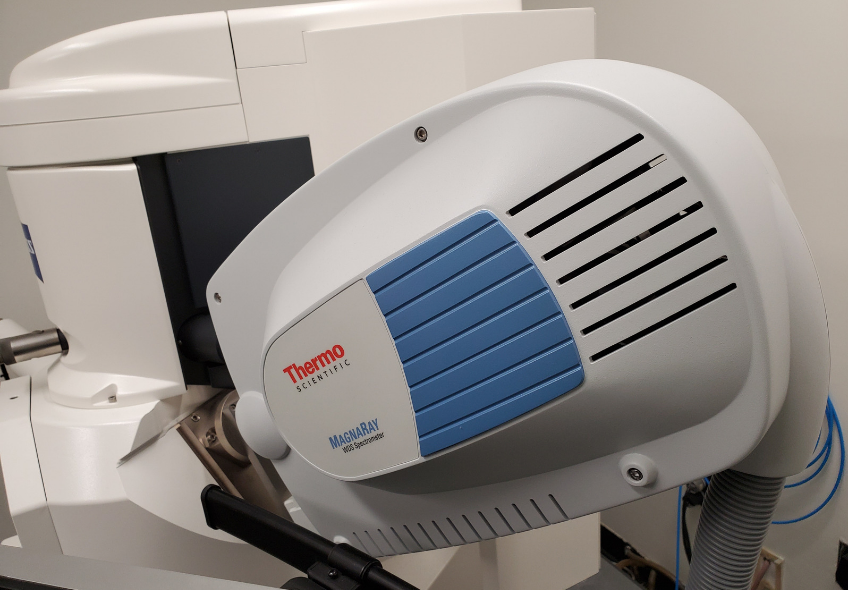Wavelength Dispersive Spectroscopy
Wavelength Dispersive Spectroscopy

Wavelength Dispersive Spectroscopy (WDS) is a complimentary technique to Energy Dispersive Spectroscopy (EDS) for performing x-ray analysis of materials to determine their elemental composition.
Elemental analysis by EDS suffers from several shortcomings, including high background levels and relatively poor energy resolution, which result in poorer detection limits and the inability to separate elements with peaks at similar energy.
WDS overcomes these limitations. It has much higher energy resolution so that closely spaced peaks can be readily separated, and it has cleaner background levels so that detection limits are greatly improved over EDS alone. This improves elemental quantification (with the use of appropriate standards) and identification.
WDS also has a much higher sensitivity to low atomic number elements, providing much better detection of elements as low as Be and B. WDS can also be used to provide twodimensional elemental distributions as maps.
The end result is that you have a much higher confidence in the identification of the elements detected in any analysis.
